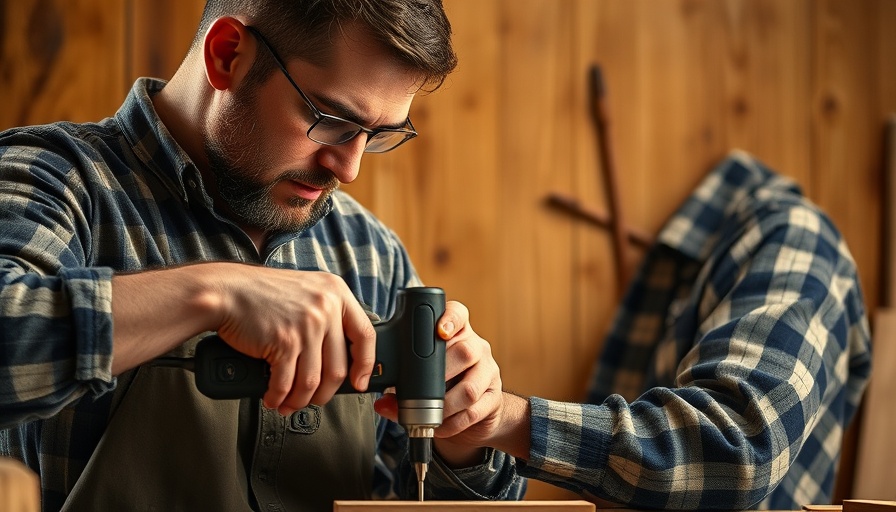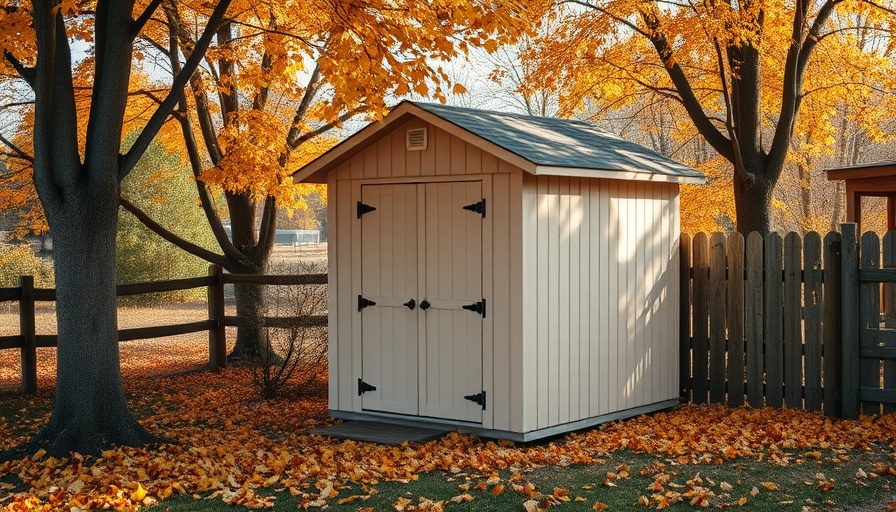
Mastering Your Drill: Choosing the Right Bits for Every Job
Drilling is a fundamental skill for any DIY enthusiast or professional handyman. While you might think having a good drill is enough, the choice of drill bits is just as critical. Bits come in various shapes and sizes, designed for specific materials and tasks. Whether you're drilling into wood, metal, or masonry, knowing the right bit to use can make all the difference between a smooth project and a catastrophic failure.
The Essential Bit Types You Need in Your Toolbox
Here’s a rundown of some of the most common drill bit types and the materials they’re designed to handle:
- Twist Bits: These are the most versatile bits and can be used for drilling into wood, plastic, and thin metals. They're typically made from high-speed steel, which makes them durable and efficient.
- Spade Bits: Perfect for larger holes in wood (up to 1 inch), spade bits have a flat blade and are best used in softwoods. They’re great for wiring and plumbing applications.
- Masonry Bits: These specialized bits are designed with a carbide tip for drilling into brick, concrete, and stone. Always use a hammer drill for best results.
- Hole Saws: When you need to create larger holes, a hole saw is your go-to. They are especially useful for installing doorknobs, electrical outlets, or plumbing fixtures.
- Forstner Bits: Ideal for making clean, flat-bottomed holes in wood, Forstner bits allow for precise drilling, especially when working with hinges or creating dowel joints.
Materials Matter: Bit Composition
Understanding the materials from which drill bits are made can significantly affect your drilling experience. Most common materials include:
- High-speed Steel (HSS): The most widely used material, perfect for general-purpose use.
- Cobalt Steel: An alloy that offers higher heat resistance, ideal for drilling into harder metals.
- Carbide-tipped: These bits have a tip made of tungsten carbide for high-density applications. They’re extremely durable and perfect for masonry and concrete drilling.
Getting Comfortable with Your Drill
Using a drill might seem straightforward, but there are some essential tips that can elevate your technique and safety:
- Match the Speed: Always adjust the drill speed to fit the material. Softer materials can handle higher speeds, while hard materials require slower drilling to avoid damaging the bit.
- Maintain Right Angle: Ensure that you hold the drill perpendicular to the work surface for a cleaner hole and to prevent bit breakage.
- Pressure Is Key: Apply steady, moderate pressure. Too much can stop the drill bit from rotating, while too little can cause it to slip.
Common Mistakes and How to Avoid Them
Even seasoned DIYers can make errors when operating a drill. Here are a few common pitfalls and how to sidestep them:
- Ignoring Material Type: Using the wrong bit for the material can lead to frustration and damage. Always check the material before starting.
- Overheating Bits: If your drill bit becomes too hot, it may become dull or even shatter. Use cutting fluid when drilling metal and allow bits to cool down if you notice excessive heat.
- Forgetting to Secure Workpieces: Ensure that whatever you are drilling into is fastened securely to prevent it from moving during drilling.
Practical Tips for Home Maintenance Projects
Finally, it’s crucial to remember that your drill can be a powerful ally in home maintenance. From wall mounting shelves to installing new fixtures, mastering your drill effectively can save both time and money on professional services. Remember to keep the right bits on hand for different jobs to ensure you’re always prepared.
For more handyman tips and DIY project inspirations, keep honing your skills and stay proactive in maintaining your home. The right tools and knowledge can empower you to tackle any home repair with confidence!
 Add Row
Add Row  Add
Add 



Write A Comment